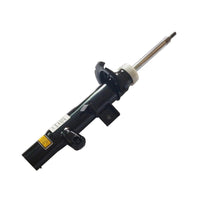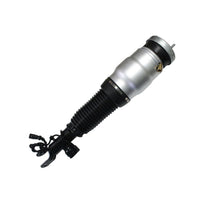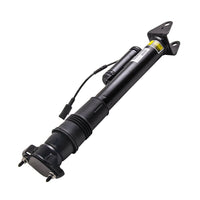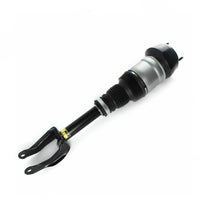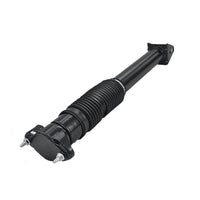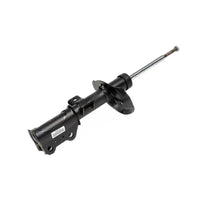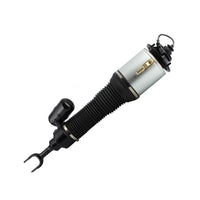EVERYTHING YOU NEED TO KNOW ABOUT SHOCK ABSORBERS
Shock absorbers are devices that absorb the impact of jolts and vibrations in a vehicle. Most cars have one shock absorber present for each of the tires. They work together to minimize the overall car’s movement and ensure that the tires stay in contact with the road all the time which is important for the brakes to work well and for you to be able to steer the car properly.
Shock absorbers slow down the intensity of the vibration by transforming the kinetic energy of your suspension movement into heat energy which then dissipates into the air through the process of heat exchange. That’s the physics of it.
But design wise, every shock absorber has a piston inside it that moves inside a tube full of oil. When the piston moves, the oil gets pumped into the little holes inside the piston. This controls the amount of resistance and regulates the level of suspension movement.
Types of shock absorbers
Based on your vehicle type and suspension designs, the shock absorbers that it uses will be different: Here are the most basic type of shock absorbers:
- Twin-tube type- This type of shock absorber contains two cylindrical tubes-the inner tube is called the “pressure tube,” and the outer tube is called the “reserve tube.” The piston moves up and down in the inner tube. The outer tube acts as a reserve for the hydraulic fluid. The base valve controls the movement of fluid between the cylinders and also provides some damping force. The valves located in the piston are responsible for most of the damping.
- Twin-tube gas charged-It’s similar to a twin-tube type in design but the reserve tube contains a low-pressure nitrogen gas which is added to replace oxygen. This causes a reduction in foaming liquid seeping out of the assembly.
- Position sensitive damping-The design of this is similar to twin-tube shock. It contains two cylindrical tubes and also the nitrogen gas. It has grooves inside the pressure tube which aids the piston to move freely. This design makes for an accurate level of suspension damping based on the surface type the vehicle is travelling on.
- Acceleration sensitive damping-This shock absorber responds to individual bumps on the road while improving the quality of the overall ride. It uses a modified compression valve design, which is essentially a closed loop system design that opens a bypass to allow fluid to flow around the valve. The value automatically adjusts to the condition of the road.
- Coilover-A Coilover contains a spring that’s wrapped around a damper than right on top of it. It contains a shock absorber with a coil around it.
6 signs that your shock absorbers need to be replaced
Shock absorbers can get worn out with heavy use. It’s quite easy to tell when it’s time to take your vehicle to get its shock absorbers replaced. Be on the lookout for these:
- Increase in stopping distance-While driving with a damaged shock absorber, you will find that it's taking you 20% longer distance for your car to come to a complete stop.
- Dips and swerves when hitting the brakes-If your car dips or swerves when breaking then you need to get your shock absorbers checked, because not getting it fixed will badly impede the quality of your driving, especially on wet roads.
- Vibrations through the steering-Do you feel the vibrations on your hands when driving along and steering across the road? If yes, then you might want to get your shock absorbers checked. If your car is in contact with the road, you shouldn’t feel any vibrations. This can prove to be dangerous when driving at high speed.
- Car veering-Does your car slide or veer across the road on windy days? If yes, then it’s time to replace your shock absorbers.
- Ratting and rolling-If your car rattles, or rocks when you go over rail tracks or uneven roads then it’s possible that your shock absorbers are damaged. Not only can this put unnecessary stress on other components, but it can also leave you with motion sickness.
- Uneven wear and tear on your tires-If you see one or two tires will bald patches or uneven damage than all four of them may not have equal contact with the road, which happens when your shock absorbers aren’t functioning well.
